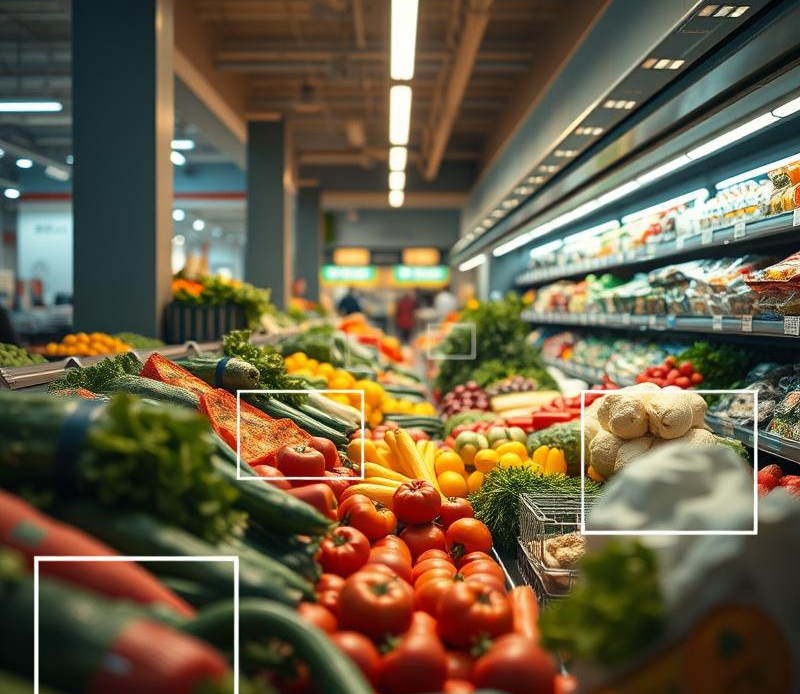
Using Image Recognition for Product Identification:
A persistent challenge in the retail industry is optimizing supermarket annotation strategies to boost sales. Accurately identifying and labeling products within a store environment is crucial for efficient inventory management, targeted promotions, and ultimately, sales growth. This is where image recognition technology emerges as a game-changer. By leveraging computer vision, retailers can automate the process of product identification, eliminating manual errors and saving valuable time and resources.
The Importance of Data Analytics in Annotation:
Effective retail annotation techniques go beyond simply labeling products; they involve gathering valuable data that can be analyzed to gain actionable insights. By integrating data analytics into the annotation process, retailers can track product performance, identify trends, and make informed decisions to optimize their supermarket sales optimization strategies. Imagine having a clear understanding of which products are frequently misplaced or overlooked by customers. With data-driven insights, you can adjust product placement, improve shelf visibility, and implement targeted marketing campaigns to drive sales growth.
Leveraging AI-Powered Solutions for Retail Success:
To streamline the annotation process and maximize its impact on sales growth, retailers can turn to AI-powered solutions. These advanced tools utilize machine learning algorithms to automate image recognition, data analysis, and even generate real-time recommendations for retail annotation techniques. By embracing AI, retailers can significantly reduce the time and effort required for annotation, freeing up their staff to focus on more strategic tasks.


